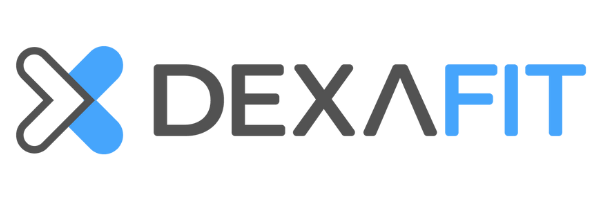May is National Osteoporosis Month, and it’s an opportunity to shed some light on a disease that’s responsible for more than 2 million broken bones every year in the United States. So, let’s dive into bone health and the surprisingly simple ways you can prevent this widespread bone disease from impacting your health.
What is osteoporosis?
To put it simply, osteoporosis is a bone disease that occurs when the body loses too much bone, makes too little bone or both.
The word “osteoporosis” itself means “porous bone.” Viewed under a microscope, healthy bone looks strikingly similar to honeycomb. For those with osteoporosis, the holes and spaces in their “honeycomb” are much larger than those you would find in healthy bone. The bones of someone with osteoporosis have loss significant density and contain abnormal tissue structure, making them brittle and weak.
Research shows that one in two women and one in four men over the age of 50 will break a bone due to osteoporosis—most often in the hip, spine or wrist. The stooped posture that many people associate with osteoporosis occurs when the vertebrae are affected, resulting in fractured bones in the spine.
Osteoporosis affects both genders, but women are far more likely to develop the disease, particularly after the age of 50. Women naturally have less bone tissue than men, and tend to lose bone faster in tandem with menopausal changes. In the United States, more than 53 million people either already have osteoporosis or are considered high risk due to low bone mass.
Fear you’re heading in that direction? You could have osteopenia, a lesser known condition that identifies those who have weak bones but have not yet developed osteoporosis.
What can I do to prevent these diseases?
Certain lifestyle habits accelerate natural bone density loss. Smoking, heavy drinking, lack of exercise, and nutrient deficiencies are common triggers.
Worried about weak bones? The good news is both osteopenia and osteoporosis are preventable and treatable. Simply put, osteoporosis is not just an inevitable part of getting older.
The most important thing you can do for your bones—at any stage of life—is to get enough Calcium and Vitamin D in your diet. Calcium is concealed in yogurt, cheese, spinach, broccoli, beans and salmon. Vitamin D is found in fatty fish like tuna, mackerel and salmon, plus cheese and egg yolks.
If you still find it difficult to get enough Calcium and Vitamin D through your diet, or maybe you are nutrient deficient, supplements are a great resource to hit your recommended daily intake.
Exercise also plays a huge role in bone density. Specifically, weight-bearing exercise and resistance exercise are the best for your bones. Weight-bearing exercises (using your body weight) include walking, running, tennis and dancing, while resistance exercise is lifting free weights and using weight lifting machines. Experts recommend 30 minutes or more a day, five days a week.
How do I know if I have osteoporosis?
Even if you’re doing all the right things, you may want to get a better understanding of whether osteoporosis could be in your future. Here is where the DXA Scan comes into play.
The DXA scan is an FDA-approved, non-invasive test used to measure bone density. It’s the most accurate method for body composition analysis trusted by research and elite sports labs, and can quantify the lean muscle, fat, visceral fat and bone mass (osteoporosis risk) in your body.
How does the DEXA scan work?
DEXA stands for dual-energy absorptiometry. Uh, Come again?
During the scan, two X-ray beams are aimed at the body. While a regular, single X-ray can identify a bone density loss of 40 percent or greater, a DEXA scan can detect changes as tiny as just 1 percent! It’s a more sensitive and accurate way to identify density loss in your bones, and catch osteopenia and osteoporosis earlier.
The process is simple; the scan itself takes 6-10 minutes. As you lay flat on a scanning table, the scanner arm slowly moves down your body, collecting vital information about your bone health.
Take the Next Step
Ready to understand your body’s exact blueprint of fat, muscle and bone? Dexafit offers DEXA scans—and many other state-of-the-art technologies—to anyone, no matter where you are in your health journey.
You’ll walk away with precise, actionable details about your bones and your body, leaving you informed to make real impacts on your health here and now.
Book your appointment at your nearest Dexafit today.
